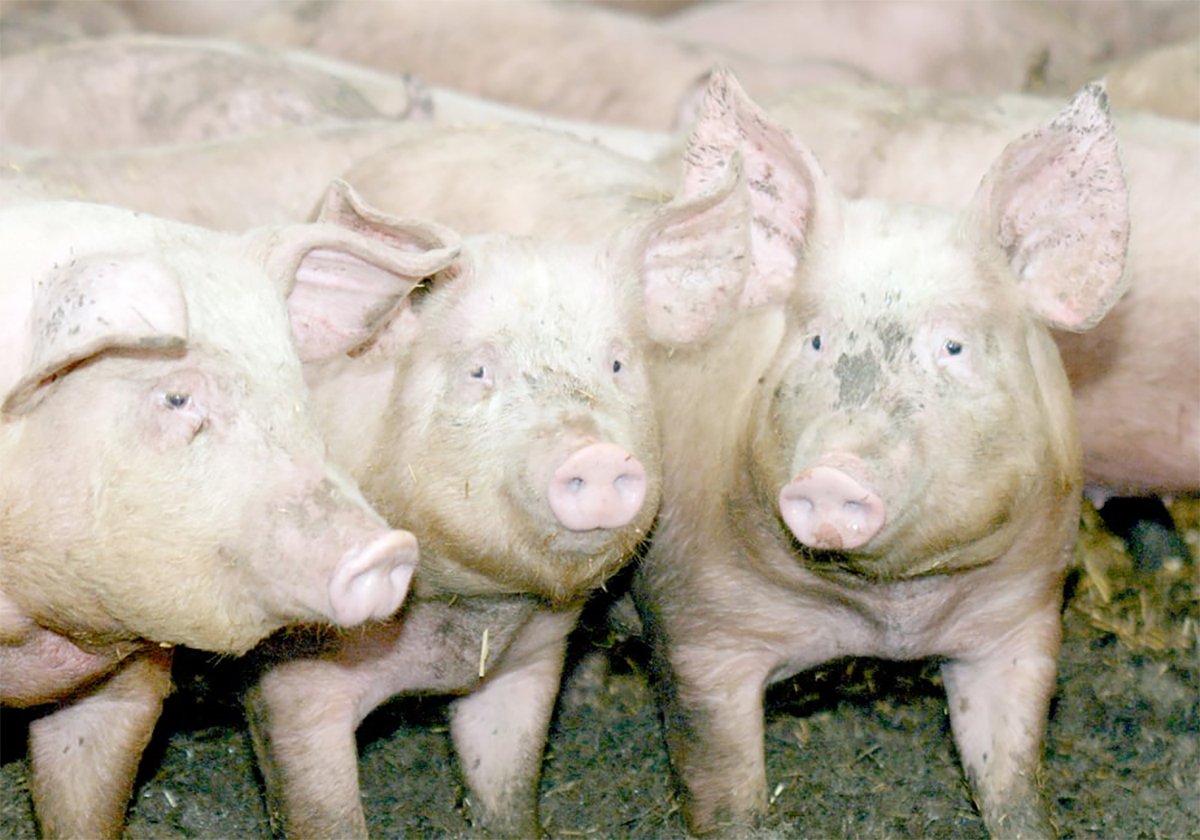Farmers south of Alberta’s Oldman River are being forced to ration irrigation water.
They are eligible for 200 millimetres of water for the year, unlike a normal season in which they receive 450 mm. Notification to water users was mailed April 19.
The irrigation water shortfall leaves farmers growing row crops like sugar beets, potatoes, corn or beans in a bind as they scramble to transfer water from low-value to higher value crops.
“A lot of people are still trying to decide what to do,” said Bruce Webster, general manager of the Alberta Sugar Beet Growers Association.
Read Also

The Western Producer Livestock Report – October 2, 2025
Western Producer Livestock Report for October 2, 2025. See U.S. & Canadian hog prices, Canadian bison & lamb market data and sale insight.
Some farmers may reduce their sugar beet acres, others will grow grain as dryland crops so they can transfer the water to beets, or they may not grow beets at all.
Sugar beets require as much as 450 mm of water to grow well.
The situation is similar for potato growers. Potatoes need 380-450 mm of water.
Farmers are still making up their minds, said Vern Workington, of the Potato Growers of Alberta.
“They’re going to have to plan how they will transfer water if they don’t have enough,” he said.
Under the new Irrigation Act, growers are allowed to move water from one crop to another, said Stan Klassen of the Alberta Irrigation Projects Association.
“Irrigation takes the peaks and valleys out but we have a situation in the St. Mary’s system that we have not had to deal with in the past,” said Klassen.
The St. Mary’s reservoir is far below normal because of drought and almost no runoff from the mountains. Significant rainfall this spring and summer is the only event that could change the situation.
The affected districts include Raymond, St. Mary River, Taber, Magrath, Leavitt, Mountain View, United and Aetna. There are 13 irrigation districts in the province, as well as some small private groups taking water directly from the rivers.
The Lethbridge Northern Irrigation District is in healthier shape and is expected to run a normal year because the Oldman River reservoir is nearly full.
The St. Mary’s Reservoir is far below normal. Snowpack for the region’s headwaters is about half of normal.
As well, Alberta Crop Insurance is offering coverage for irrigated crops for the first time since 1988.

















